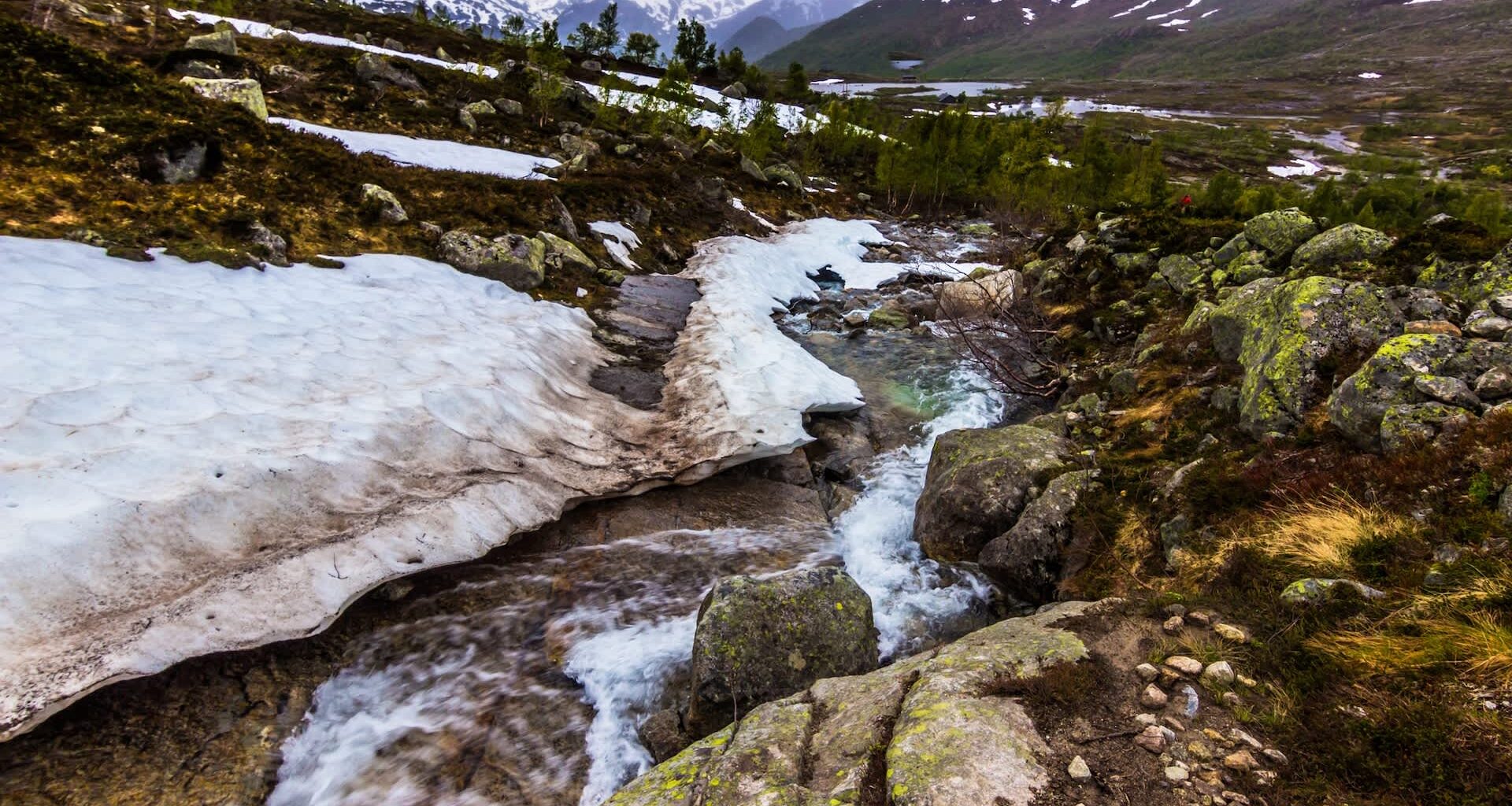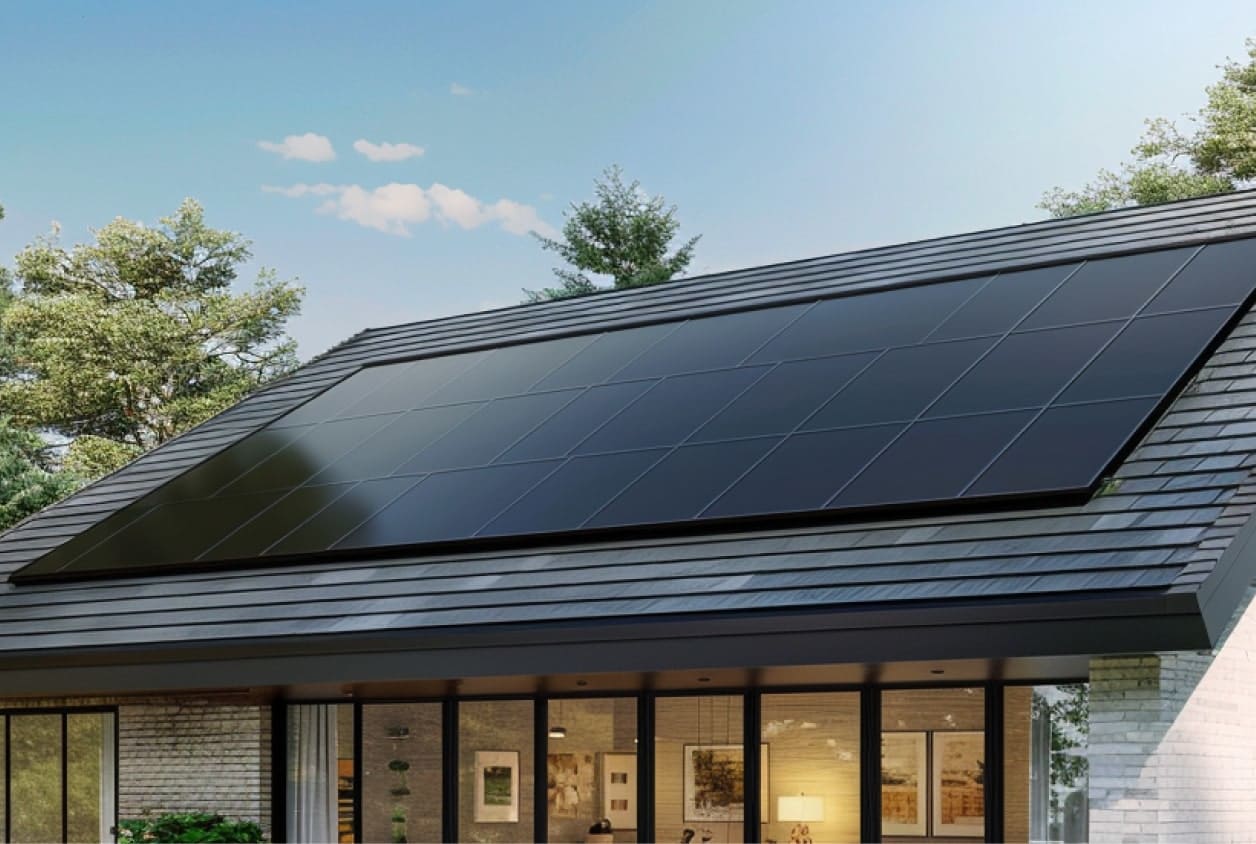Like so many critical ice formations worldwide, Norway’s glaciers are melting at an alarming rate as global temperatures steadily increase.
Underneath those dwindling layers of ice, archaeologists are discovering medieval and Viking-era artifacts and learning more about the ancient people who lived in these harsh conditions.
What’s happening?
As Leravi reported, researchers have been studying Norwegian glaciers and have discovered over 4,500 items thousands of years old.
The Norwegian program “Secrets of the Ice” has revealed perfectly preserved historical treasures, ranging from hunting equipment to wooden tools and the essentials of ancient daily life.
For example, they made numerous discoveries near a mountain pass that connected coastal regions and inland valleys for trade and travel during the medieval and Viking periods. The researchers documented well-preserved arrows and small personal items that offer insights into how these civilizations lived and survived day to day.
Why are glacier artifact discoveries significant?
The researchers found it fascinating that many of these items remained fully intact in the ice, despite their delicate construction and the length of time they’d been there.
Want to go solar but not sure who to trust? EnergySage has your back with free and transparent quotes from fully vetted providers that can help you save as much as $10k on installation.
To get started, just answer a few questions about your home — no phone number required. Within a day or two, EnergySage will email you the best local options for your needs, and their expert advisers can help you compare quotes and pick a winner.
“One of them was just lying on the ice, completely intact,” one researcher commented on an arrow they found, per Leravi. “It was like the glacier was giving us a gift.”
These discoveries offer rare and unprecedented glimpses into the craftsmanship and livelihood of Vikings and other people who have lived and traveled throughout Norway over time. This evidence also helps historians better understand long-distance trade networks that connected communities and how populations thrived in extreme northern climates.
However, the lessons learned from these discoveries also highlight the impacts of our globally changing climate and how extreme weather events and glacier melt can threaten history and our future. Increased glacial ice melt leads to higher tides during intense weather events, increased spread of disease, and can even disrupt our food systems.
As ice continues to melt, more ancient artifacts are likely to surface after lying dormant for centuries. While there are valuable lessons to be learned from their emergence, they are also reminders of the impermanence of our planet and the risks we all face as it warms.
What’s being done about the rapid worldwide glacier melt?
Fortunately, many researchers have been studying rapid glacier melt and sharing their findings with the public. They’ve been gaining a more comprehensive understanding of why and how ice forms are melting in Antarctica, Greenland, and other polar regions.
Yet one of the most critical ways to address glacier melt is to reduce our reliance on dirty energy sources like oil and gas. When countries, cities, and individuals take steps to reduce pollution that contributes to our planet’s overheating, a significant factor in glacier melt subsides.
You can do your part to slow the melting of glaciers by making sustainable choices at home and in your daily life.
For example, installing solar panels can reduce your home’s pollution output and your reliance on dirty energy while setting a sustainable example for your neighbors. Renewable energy helps make your home and communities more resilient in the face of extreme weather. When you’re ready to go solar, EnergySage can help you find a trusted local installer and save up to $10,000 on the installation costs.
You can also help spread public awareness about the widespread impacts of glacier melt by learning more about critical climate issues and supporting pro-climate candidates in elections.
Collectively, every small action helps build momentum toward a healthier, greener planet that supports glaciers and the ecosystems that depend upon them.
Join our free newsletter for good news and useful tips, and don’t miss this cool list of easy ways to help yourself while helping the planet.


